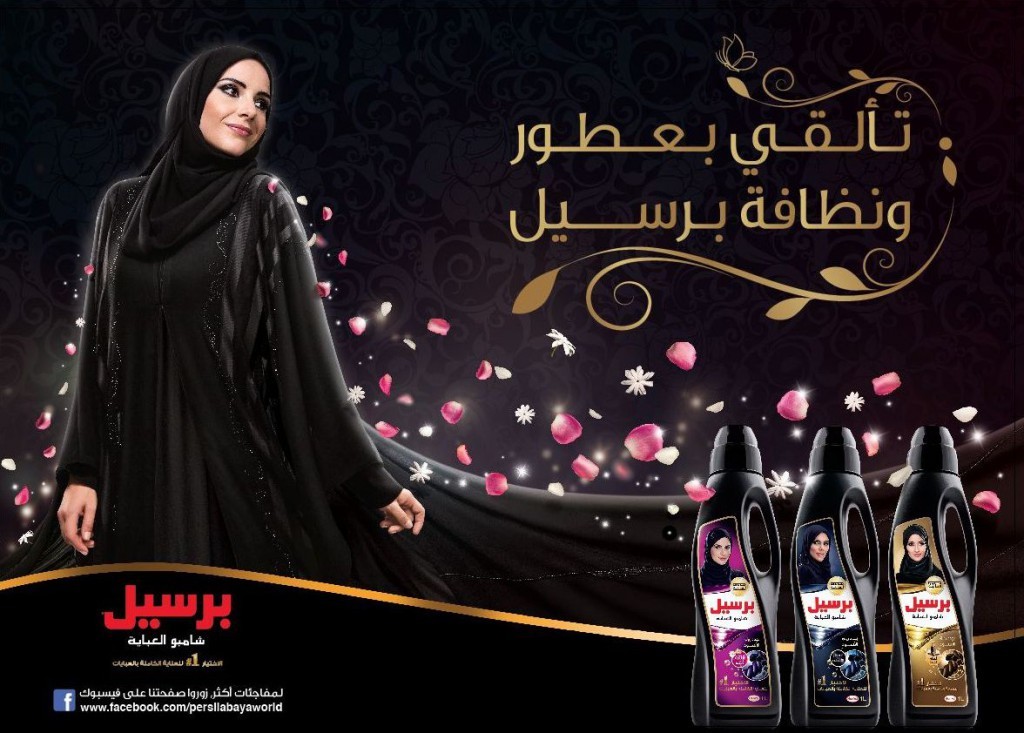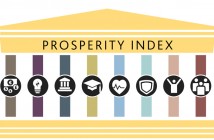Western brands, advertising agencies, marketing professors, brand gurus, and celebrities dominate Global rankings; and English is the lingua franca of global business.
Inevitably, this means that success for ‘the rest’ is judged next to that of the West. A further by-product of this is the framing of brands according to Western Christian values.
Bringing religion into branding may seem like a strange assertion, but when you consider the use of terms such as icons, avatars, and brand worship; the more recent rise in prominence of Halal and Islamic finance; and not to mention how religion is being branded and proselytised through social media: then pairing of branding with religion is on the rise.
Where did it begin?
Edward Bernays, the nephew of Sigmund Freud published a book in 1928 called Propaganda. In it he pioneered the scientific technique of shaping and manipulating public opinion, which he called ‘engineering consent’. This was also a concept that linguist, intellectual and political activist Noam Chomsky revisited with a much more chilling appraisal in his documentary and book Manufacturing Consent.
Interestingly, in a revised version of Bernay’s book, published in 2004, Mark Crispin Miller provides an introduction; in which he cites how the term propaganda was coined in 1622 by Pope Gregory XV and the Vatican. Their mission was to establish The Office for the Propagation of the Faith (Congregatio de propaganda fide) and to spread Christianity throughout the world. Bernay’s work, Max Weber’s book The Protestant Ethic and the Spirit of Capitalism, and the strategic galvanisation of public opinion during the First World War signalled the migration of Christianity into the engine room of business, driven by branding and public relations. Heaven on earth and success in the hereafter was to be achieved through the creation of global brands and corporations, as vehicles of worship.
Fast forward to brands today…
The framing of brands according to boundaried national identities, Marxism, and capitalism plays into the hands of the West. But the major monotheistic Abrahamic religions originate from the Middle East and East Africa, and these regions’ influences seldom feature in branding, other than according to consumer consumption. Furthermore, with 60% of the 7 billion world’s population hailing from Asia, notably with Indonesia being the most populous Muslim nation, alongside other widely practiced religions throughout Asia, such as Hinduism, Buddhism, and Confucianism, a similar pattern is observed. In short, the majority of the world draws from religious guiding principles that are underrepresented in brand theory, development and practise.
Japan is an interesting case in practice, as one of the few Eastern nations to feature in brand rankings. They largely follow Buddhist and Shinto doctrines, but brand strength is more likely to be attributed to Japanese culture, with little mention of religion. More recently, author John Grant presents a treatise in which he observes a rise in an alternative anti-West, or alternative to Western branding approaches. What he articulates is that the ‘non-Christian’, shies away from the ego, and iconography. Instead, for John and I, it appears to be more compatible with the value systems of Islam, Buddhism, and celebrating the craftsmanship of the artisan in-tune with nature.
Alternative religious guiding principles
For me, the purpose of a brand is less about a restrictive definition according to a name, logo, colour, and legally defensible position; and more about the brand fulfilling the role of storytelling, transmitting signals, packaging meaning, connecting communities, generating interest, galvanising value systems, and the creation of social capital.
I have mentioned Halal and Islamic finance as being areas of growth, and these are both very much still work in progress. Also, if we look to other religions then the opportunities and possibilities are even greater.
For example, a Koan is a paradoxical anecdote or riddle, used in Zen Buddhism to demonstrate the inadequacy of logical reasoning and to provoke enlightenment. In a globalized age of social media, and promiscuous or polytheistic branded consumption – due to increased accessibility, product lines, and consumer spending power especially in the East: I’m suggesting that brands which elicit worship will be afforded greater success where they draw more from Eastern and pluralistic principles.
Furthermore, with increased economic migrancy, population growth, education attainment, and wealth in the East, alongside a rising interest in the role of faith in business and marketing: the influences of the East will continue to become more significant.
 The road ahead
The road ahead
My argument is that future competitive advantage will result from authentic brands that resonate with more of the attributes of different religions explicitly from guiding first principles. Furthermore, this has to be about appraising the implications of introducing different religions into branding as theory, as opposed to an upstream consumer targeting and advertising.
Can we picture a world beyond that of the glamorous MAD Men in television dramas and in the advertising agency offices of London and New York – towards one of the AhMAD Men of the East? Is it time to retire the cognac and rosary beads in favour of coffee and tasbeehs?
We have to understand the very human, precarious, and nuanced nature of brand survival, beyond mere product and service functionality. This Gestalt of the sacred, mundane, and the profane capitalizes on the transient, and aspires for brand transcendence. Brands are at the vanguard of extending the life cycle of products and services; and in some cases the mechanism for re-launching and stretching retro and nostalgia offerings. It’s about understanding human nature, our reality, and that we don’t just humanize brands – they make us more human.
If emerging economies don’t get the brand part of the puzzle right, then rather than Adam Smith’s invisible hand of social benefit, the invisible handcuffs of Christian propaganda may remain.
Image from Dolce and Gabbana F/W 13/14 campaign.








